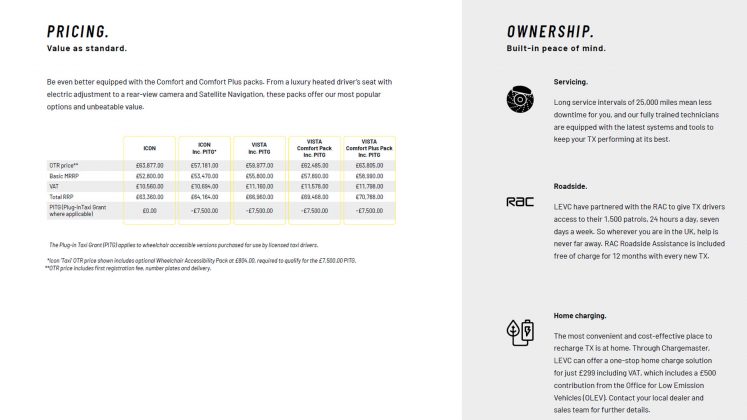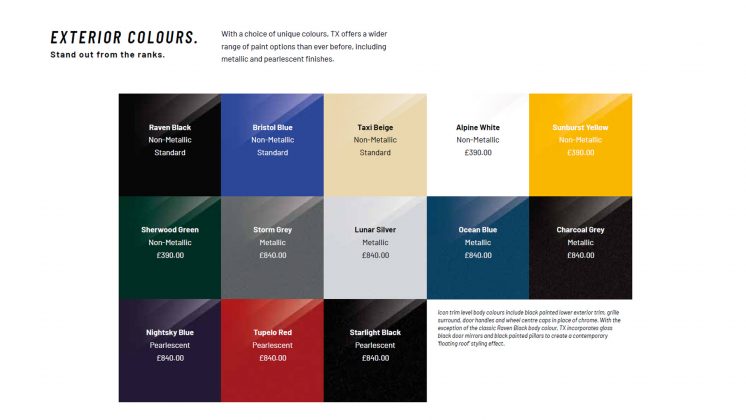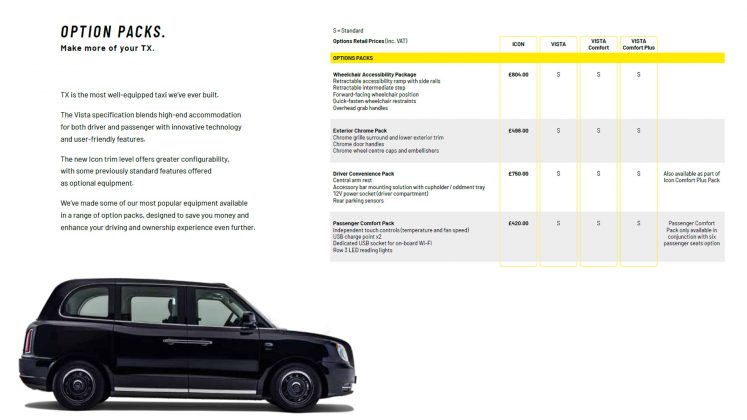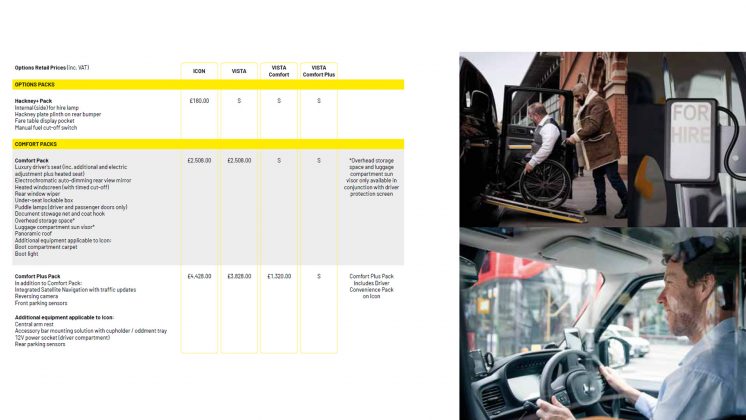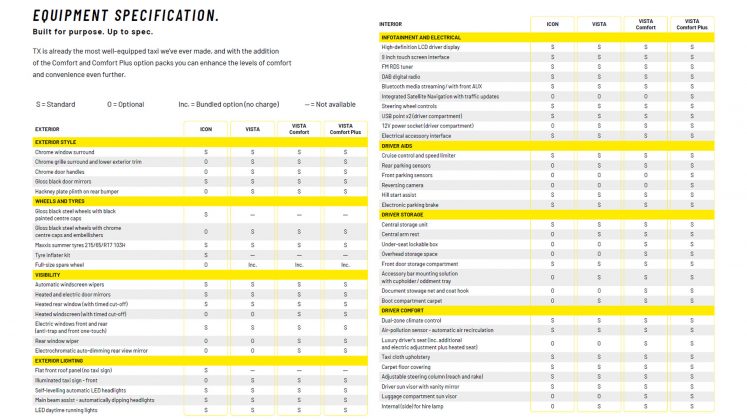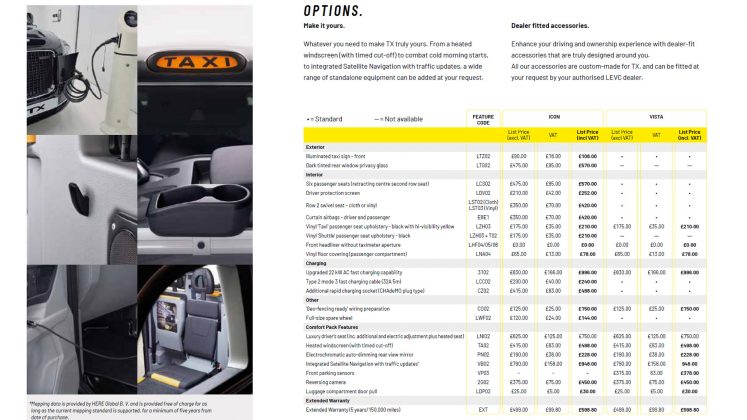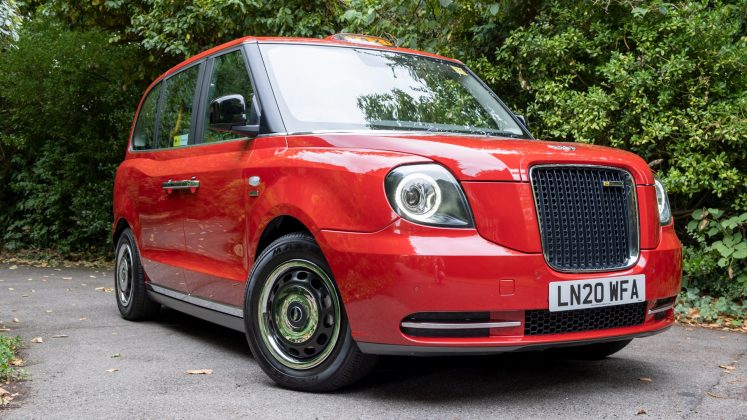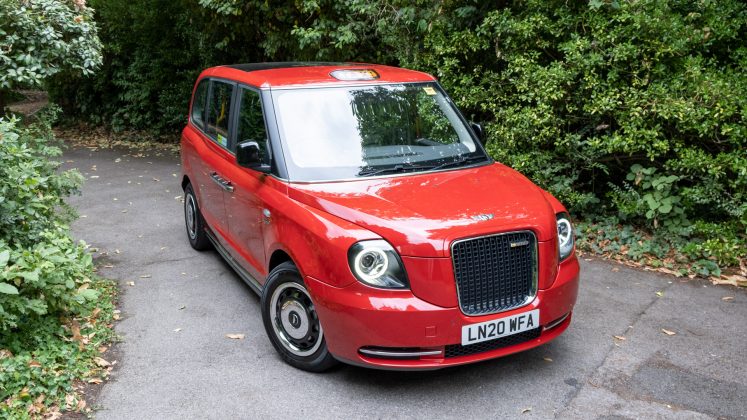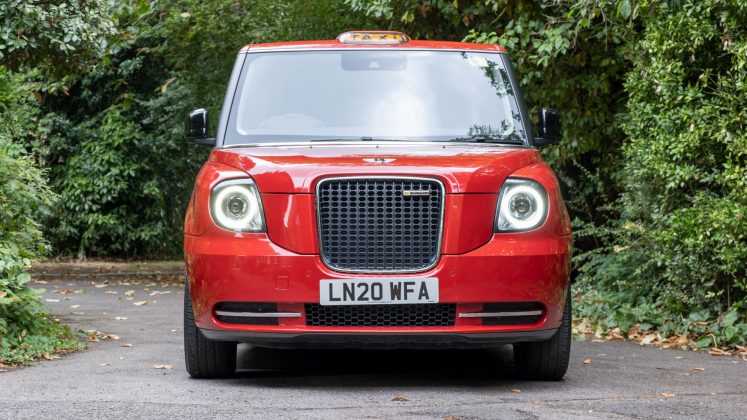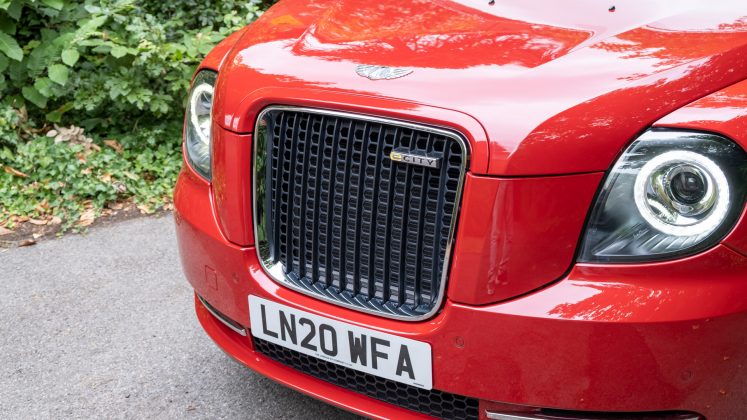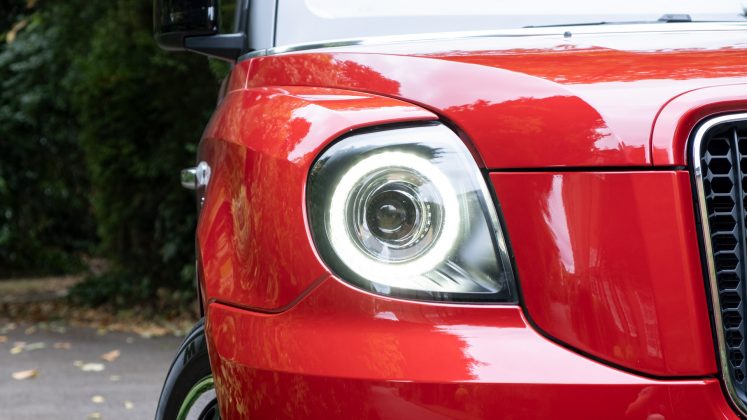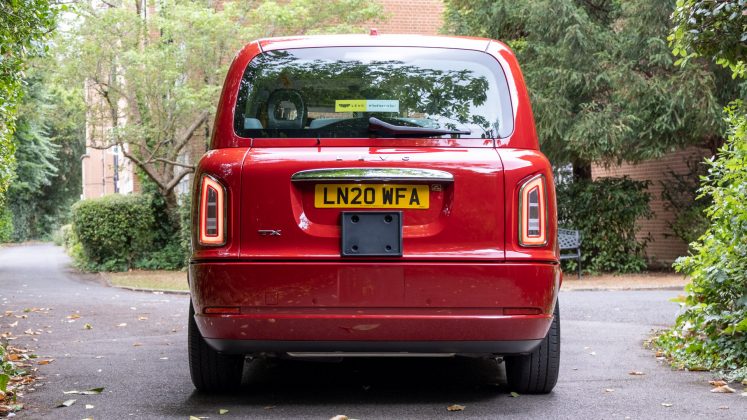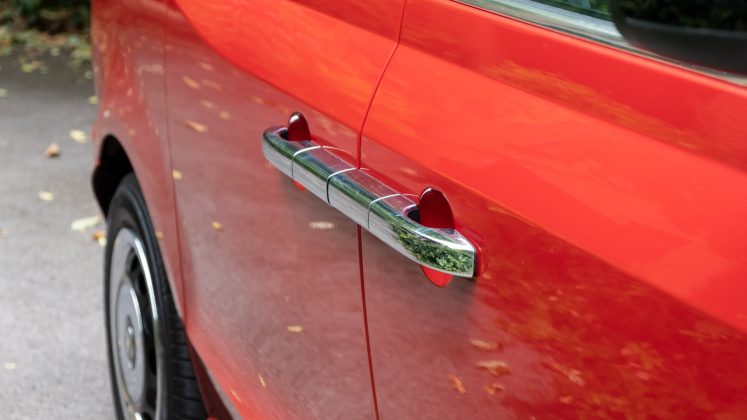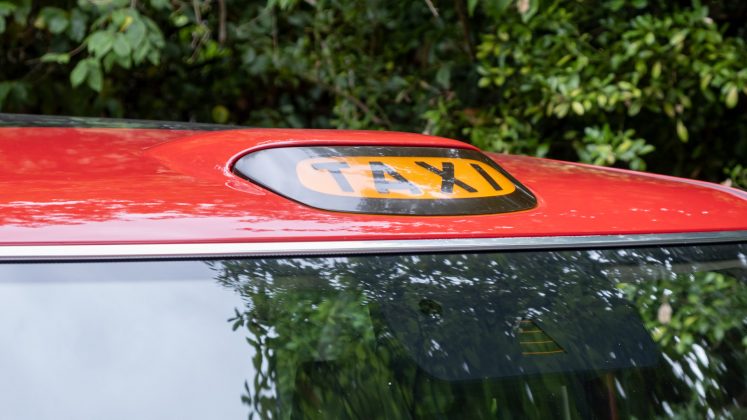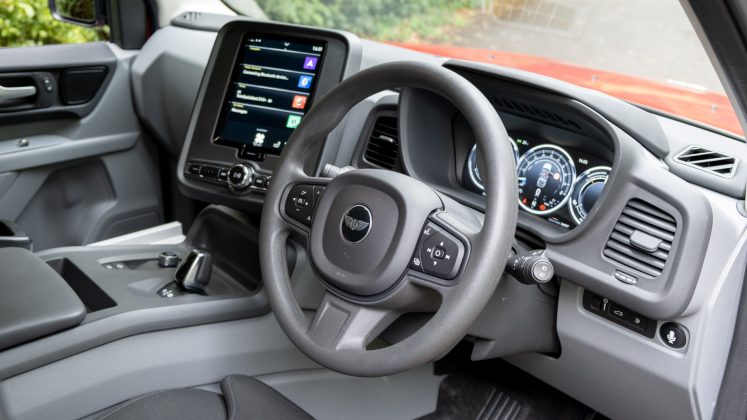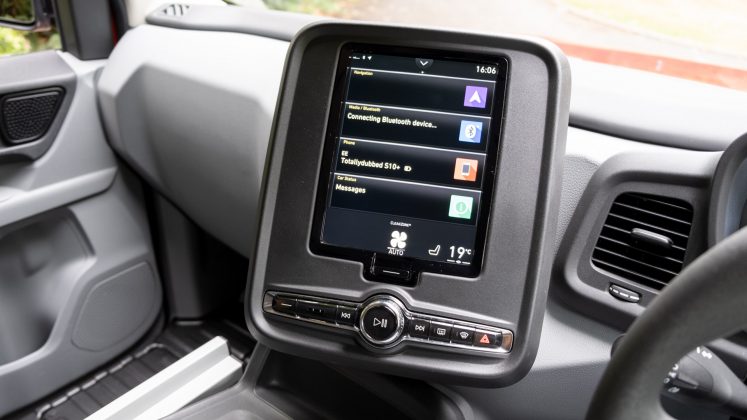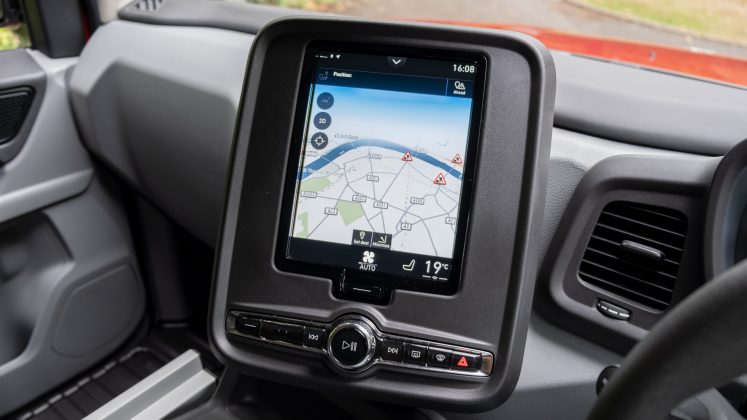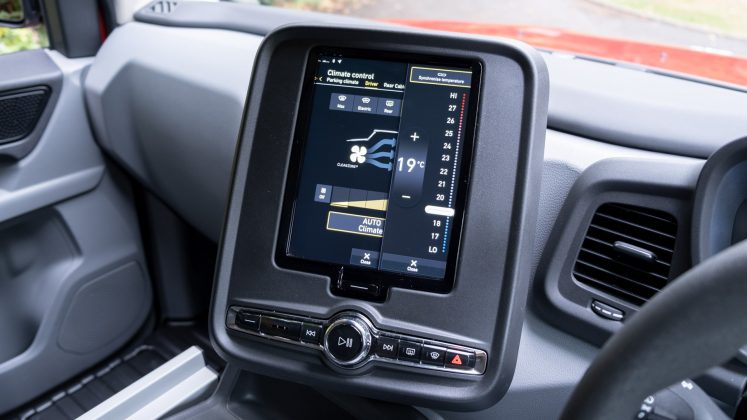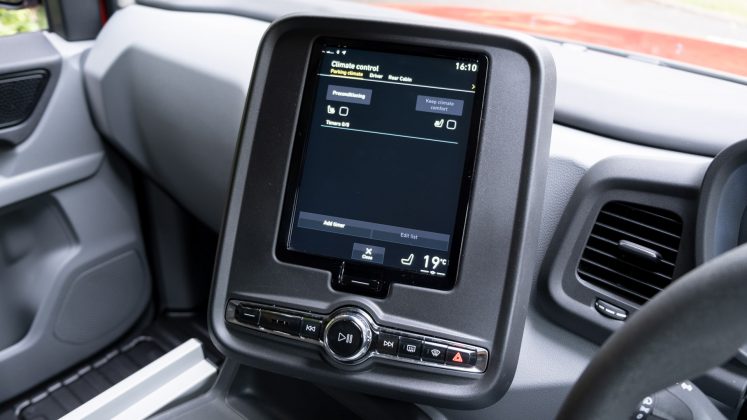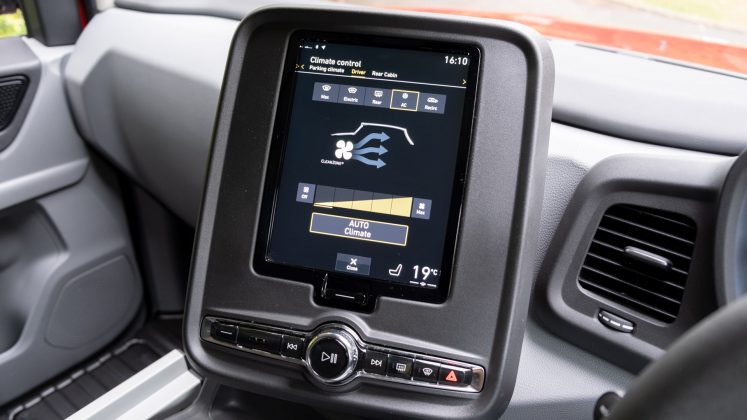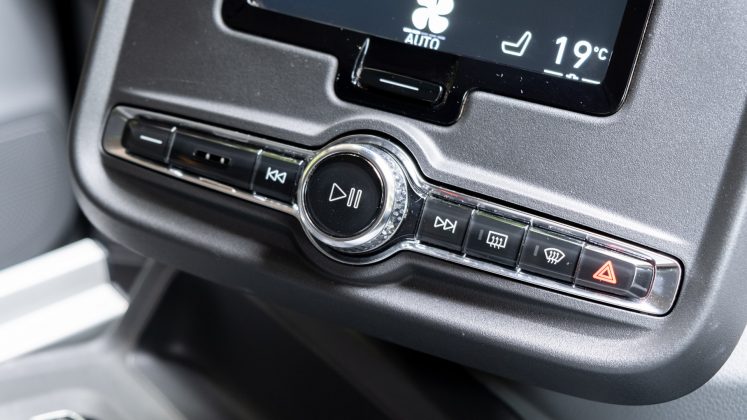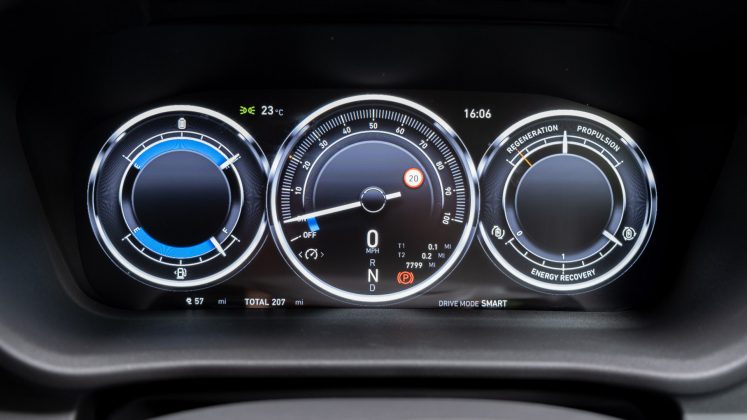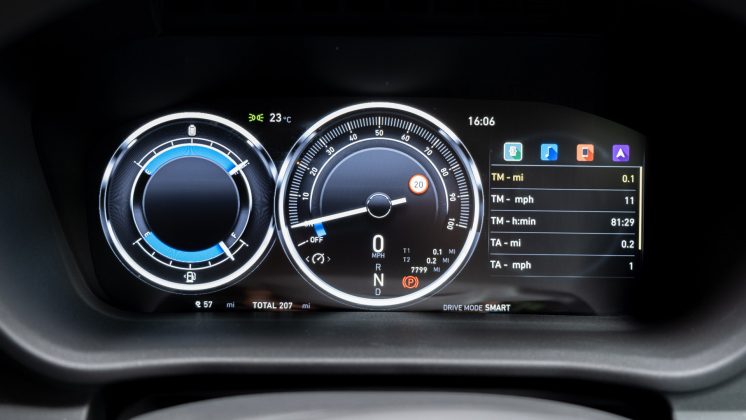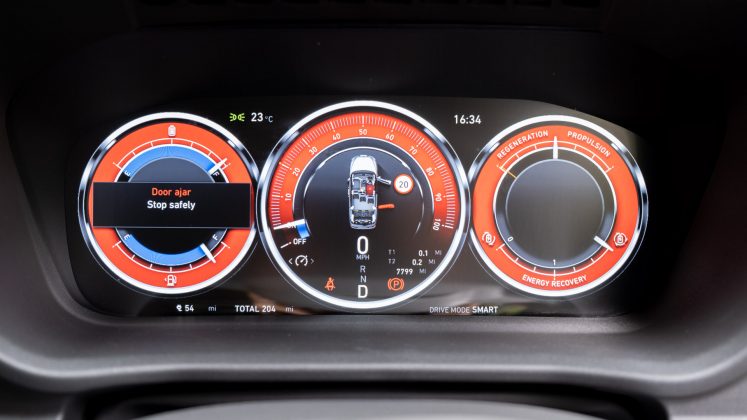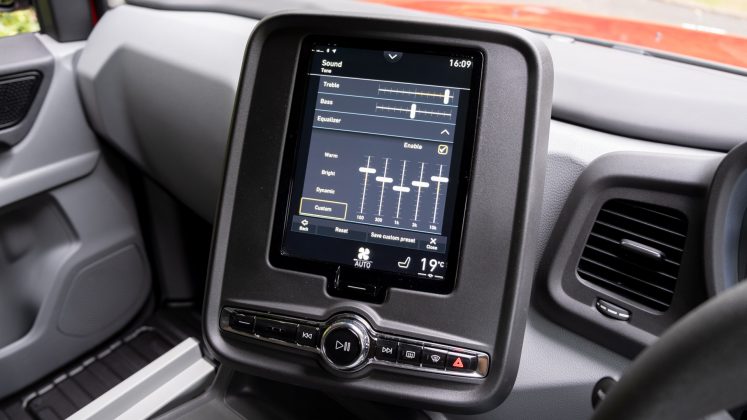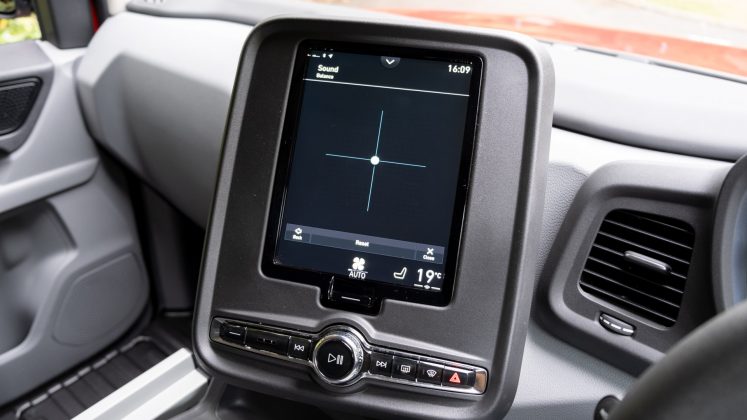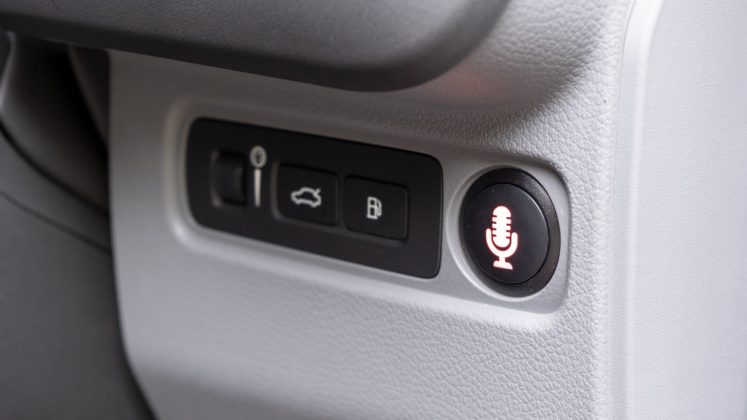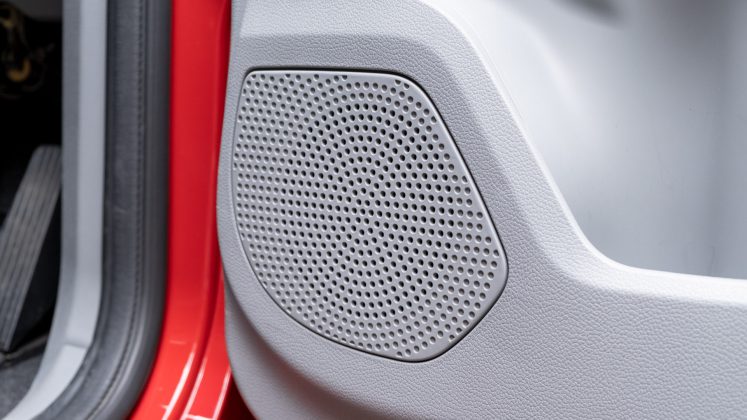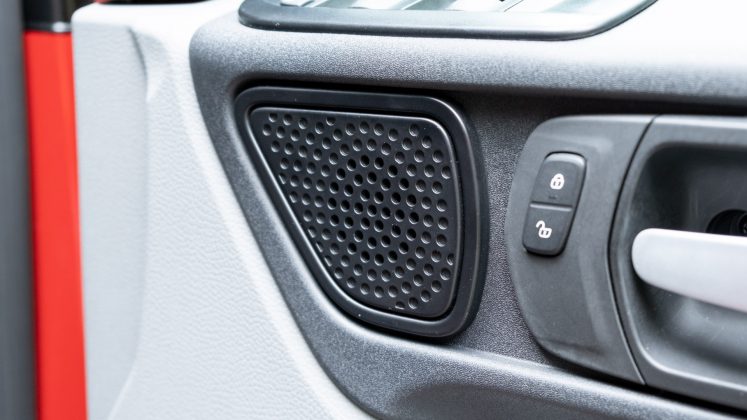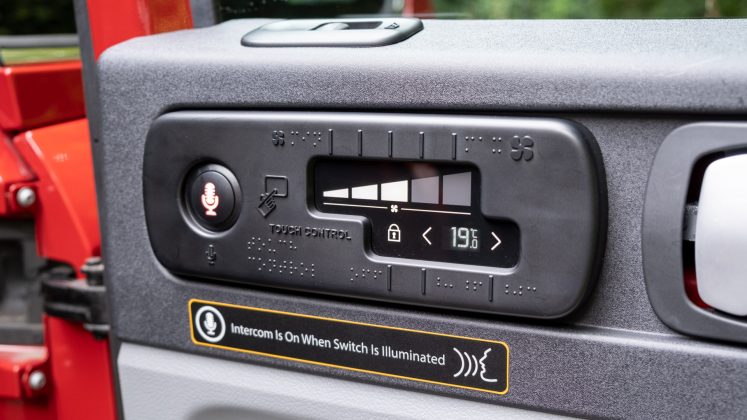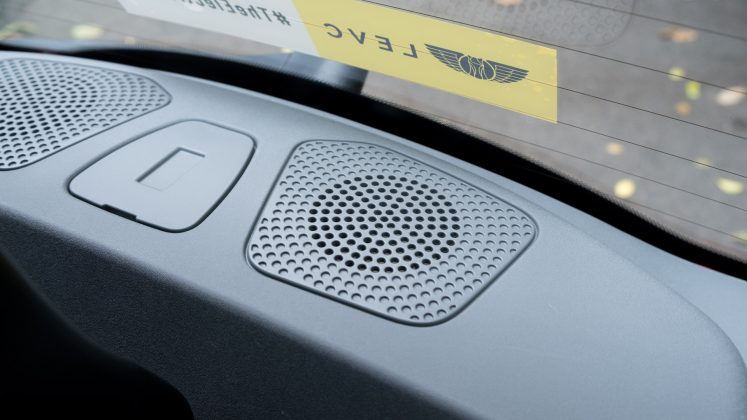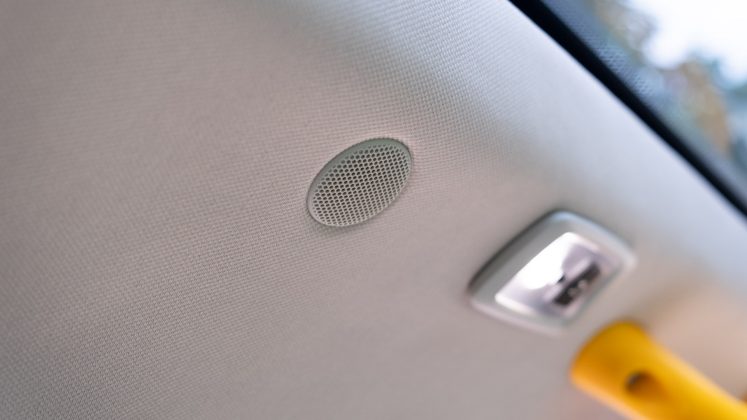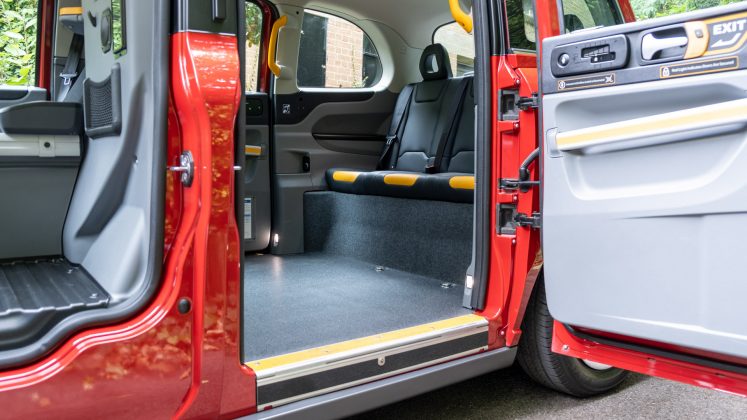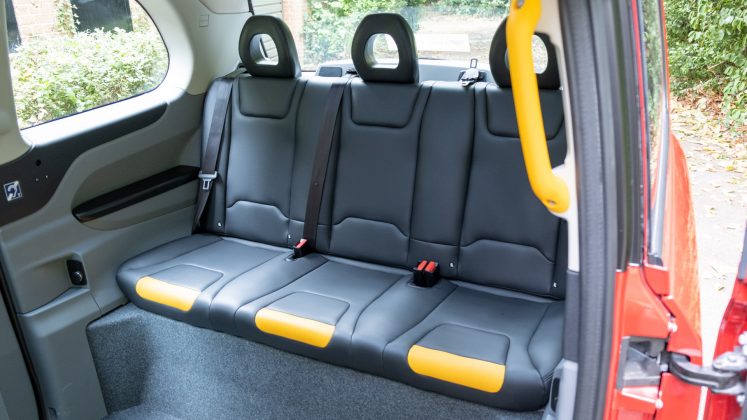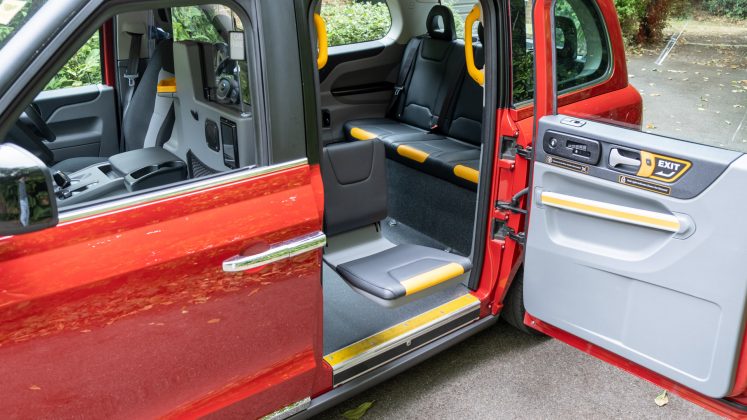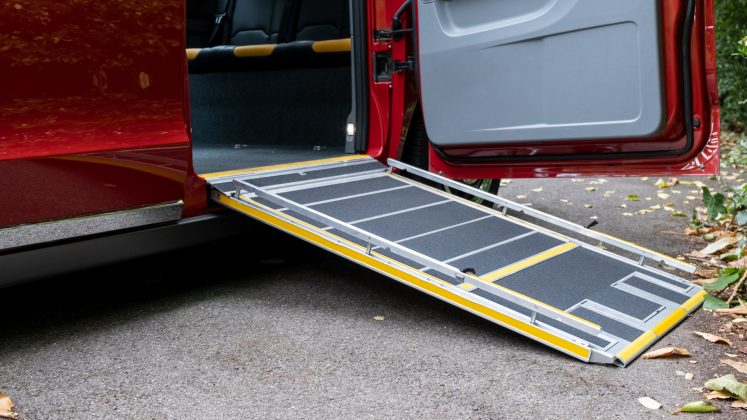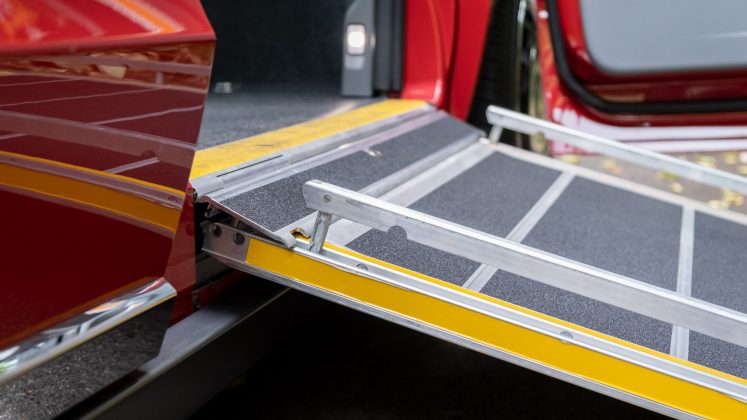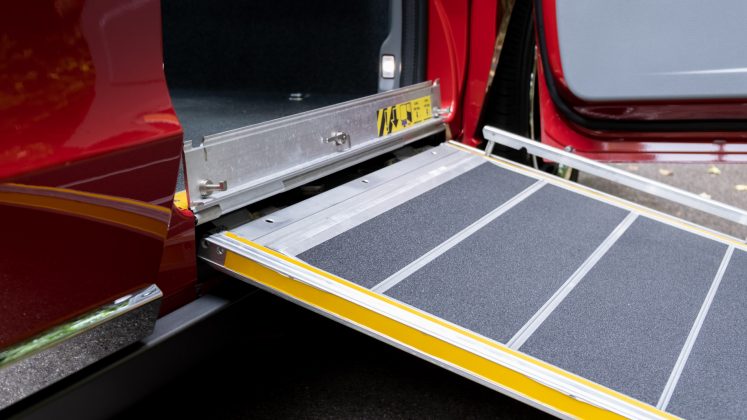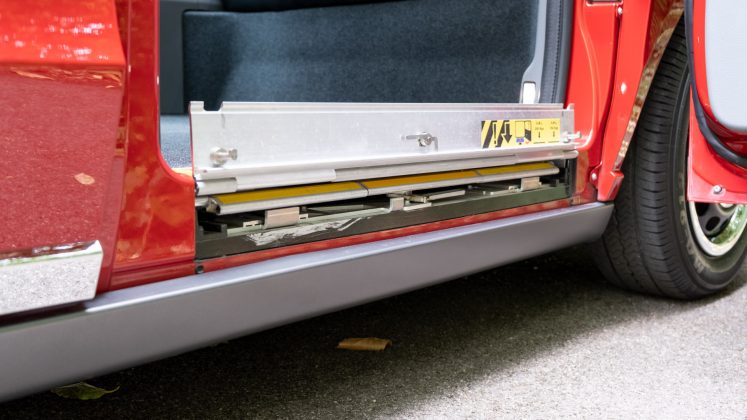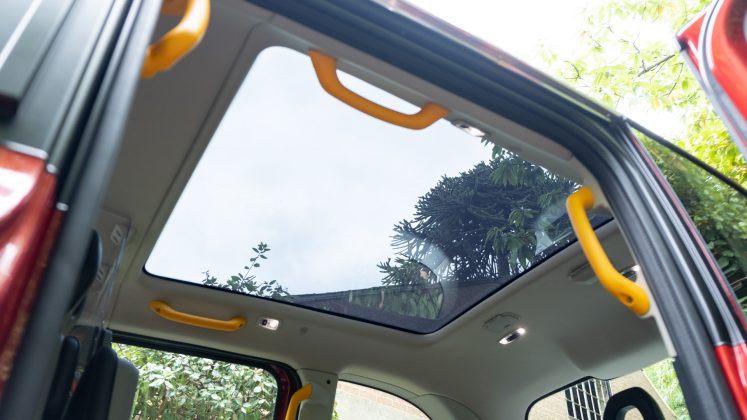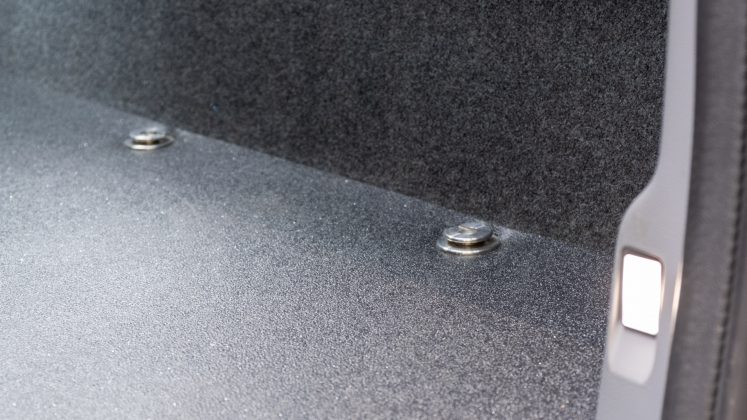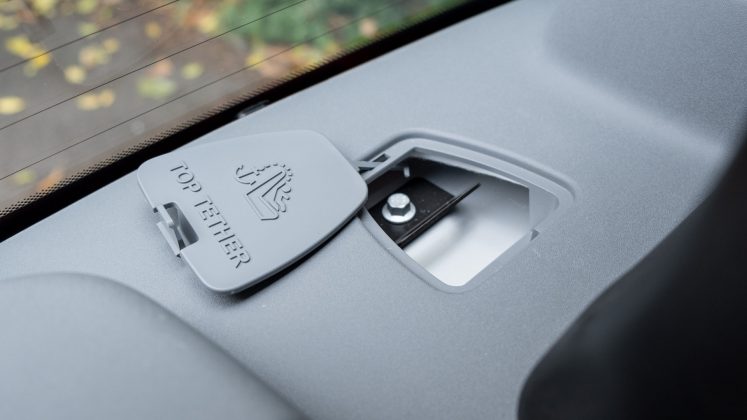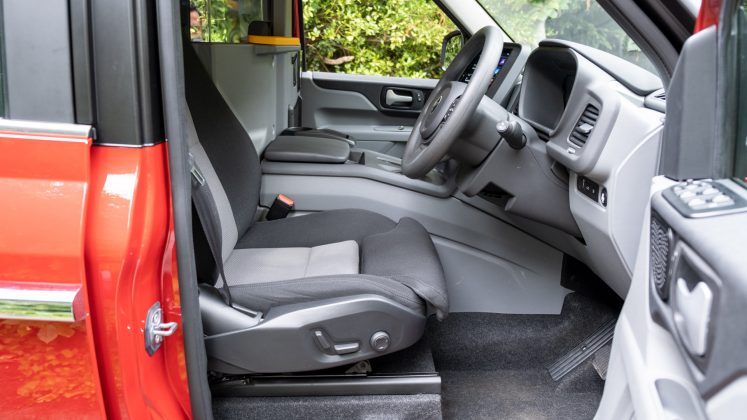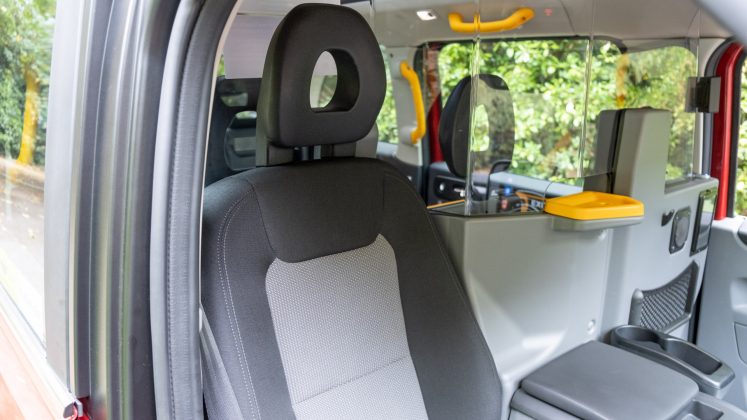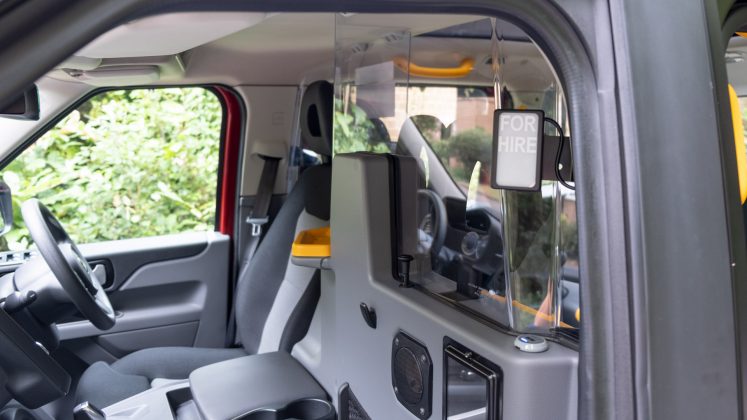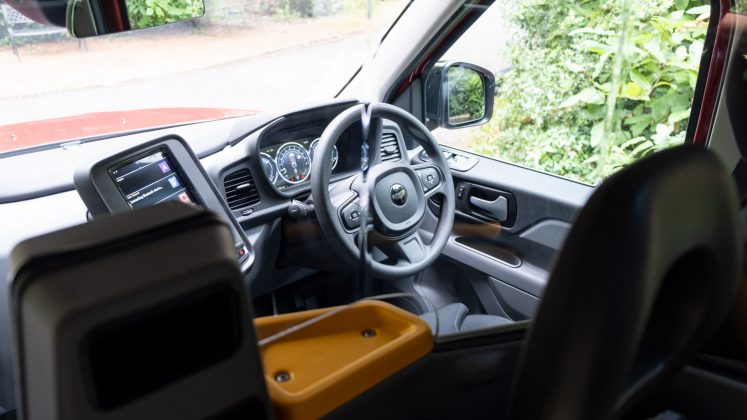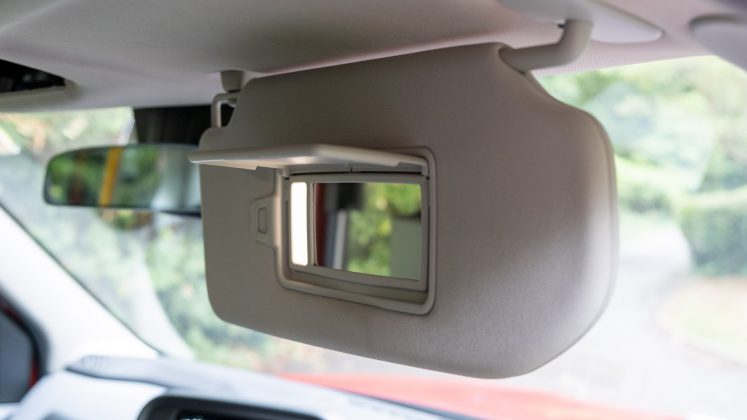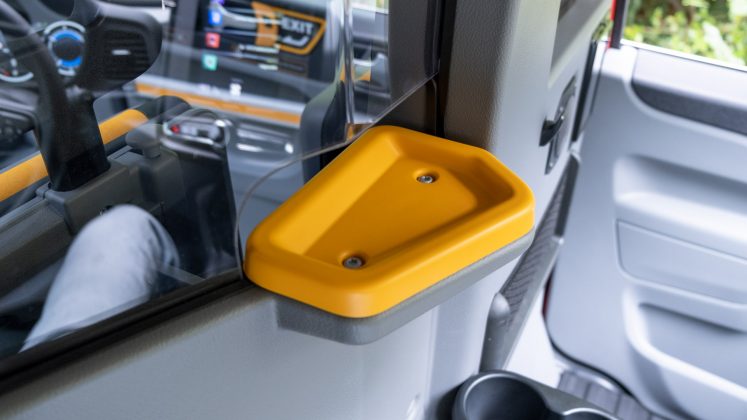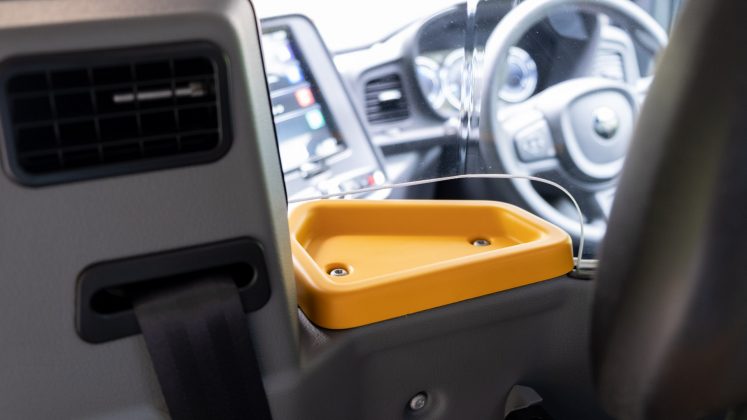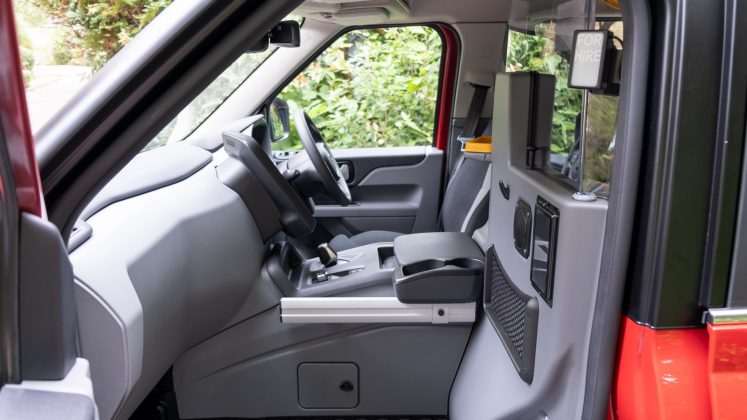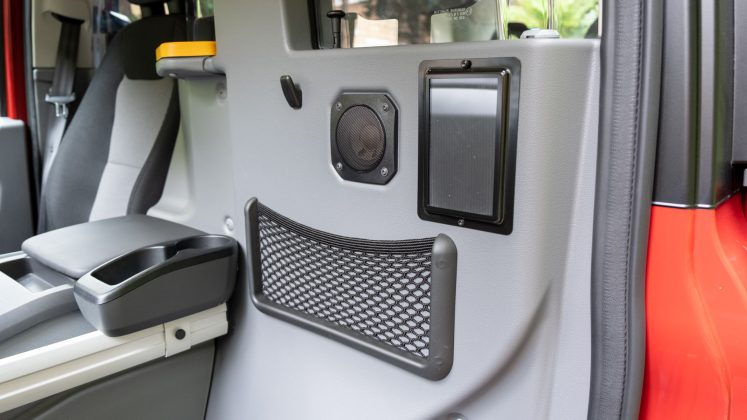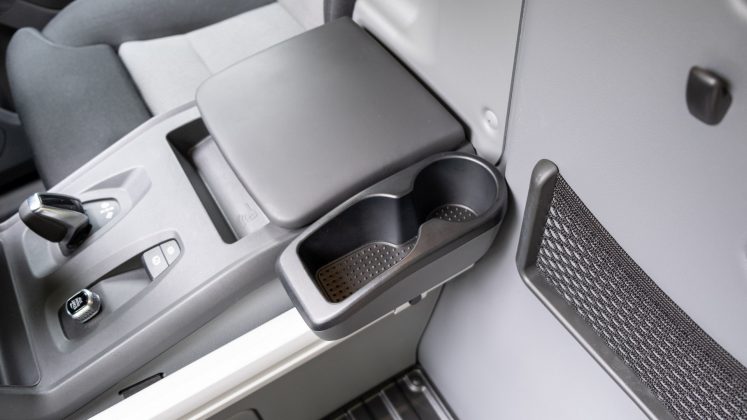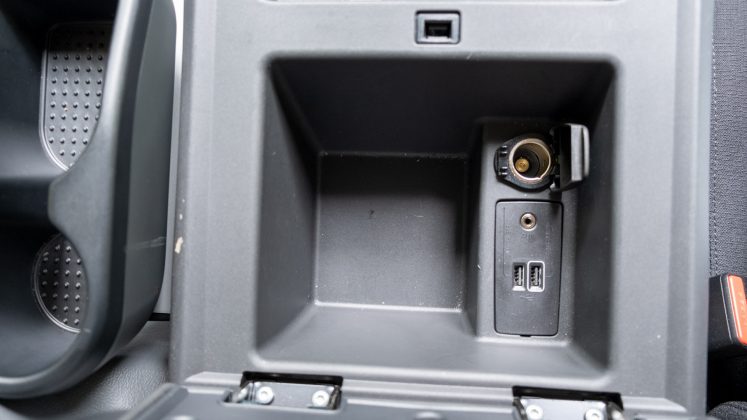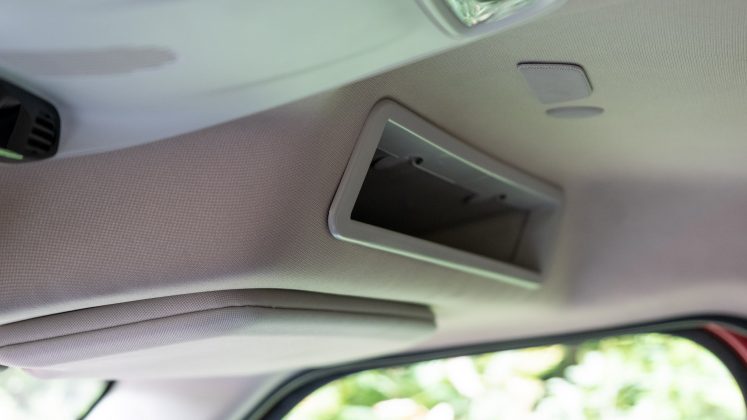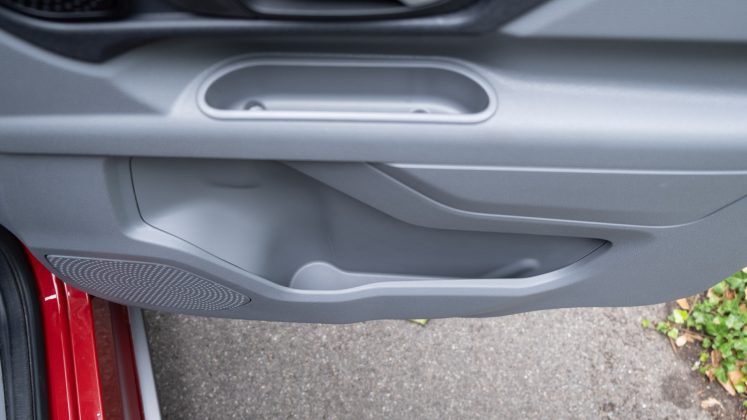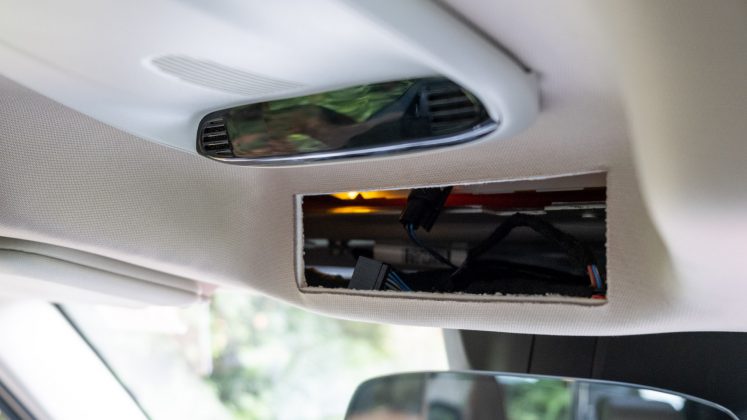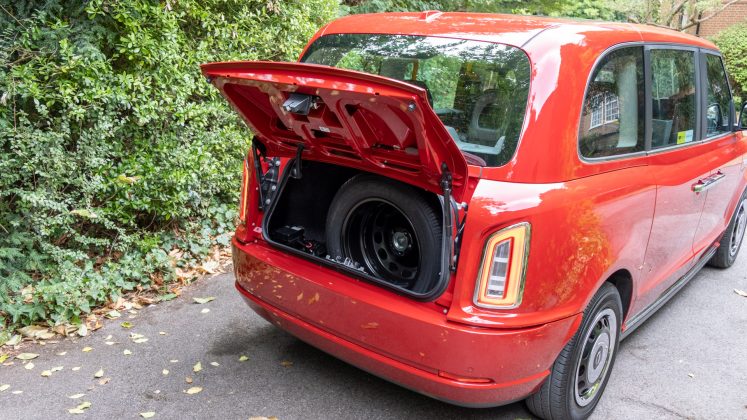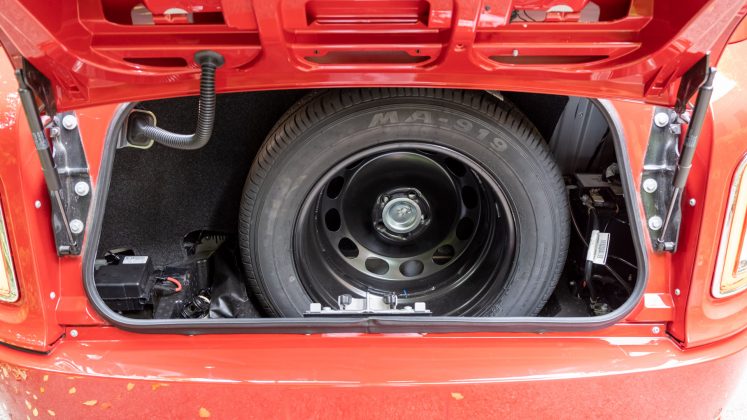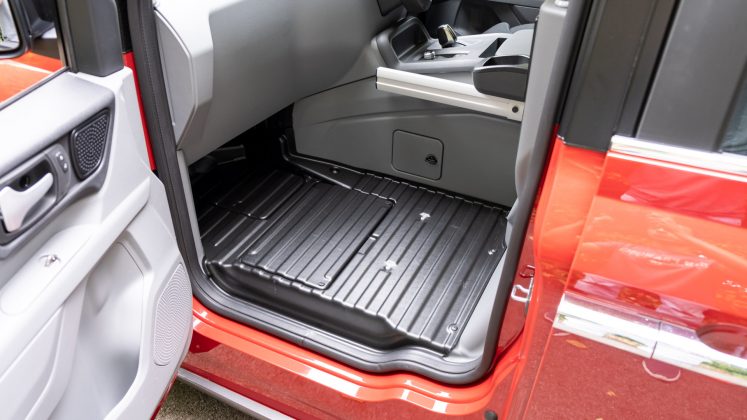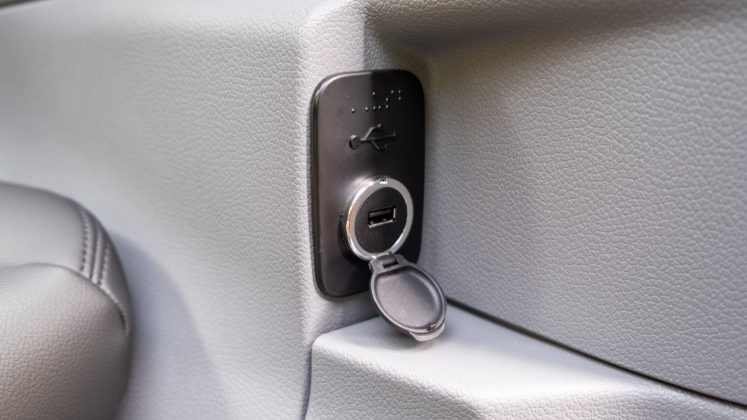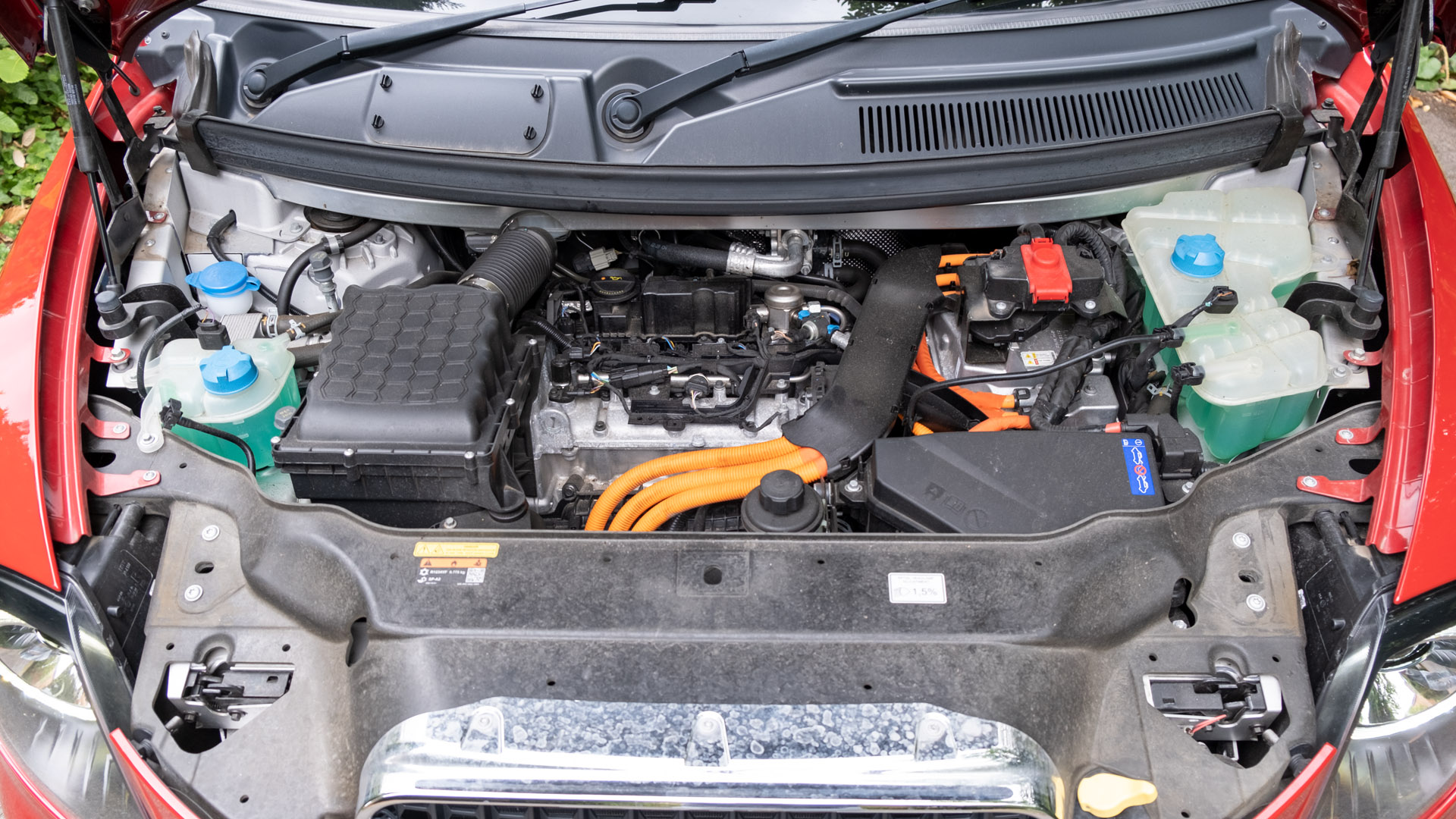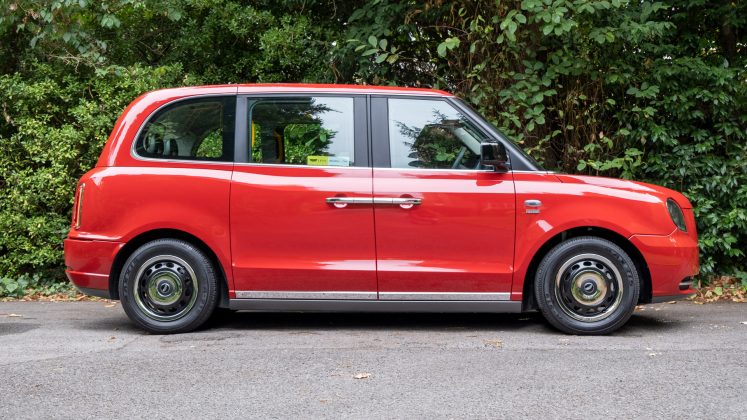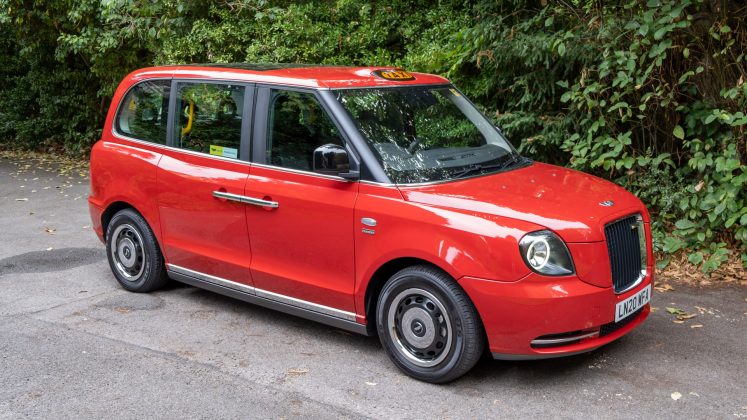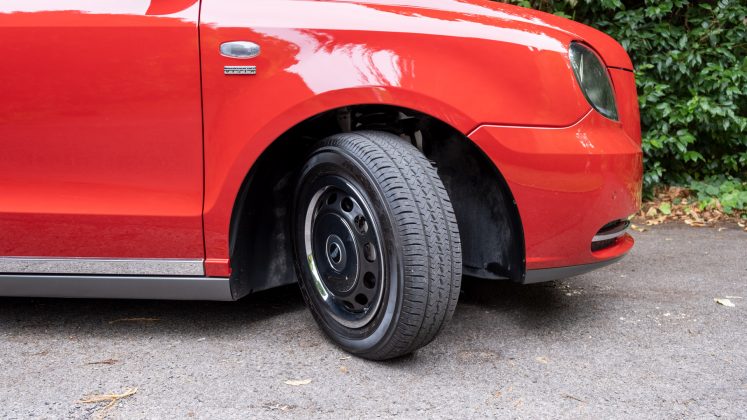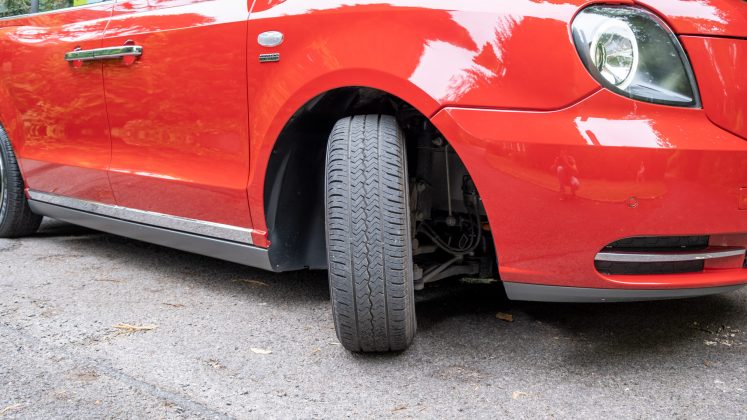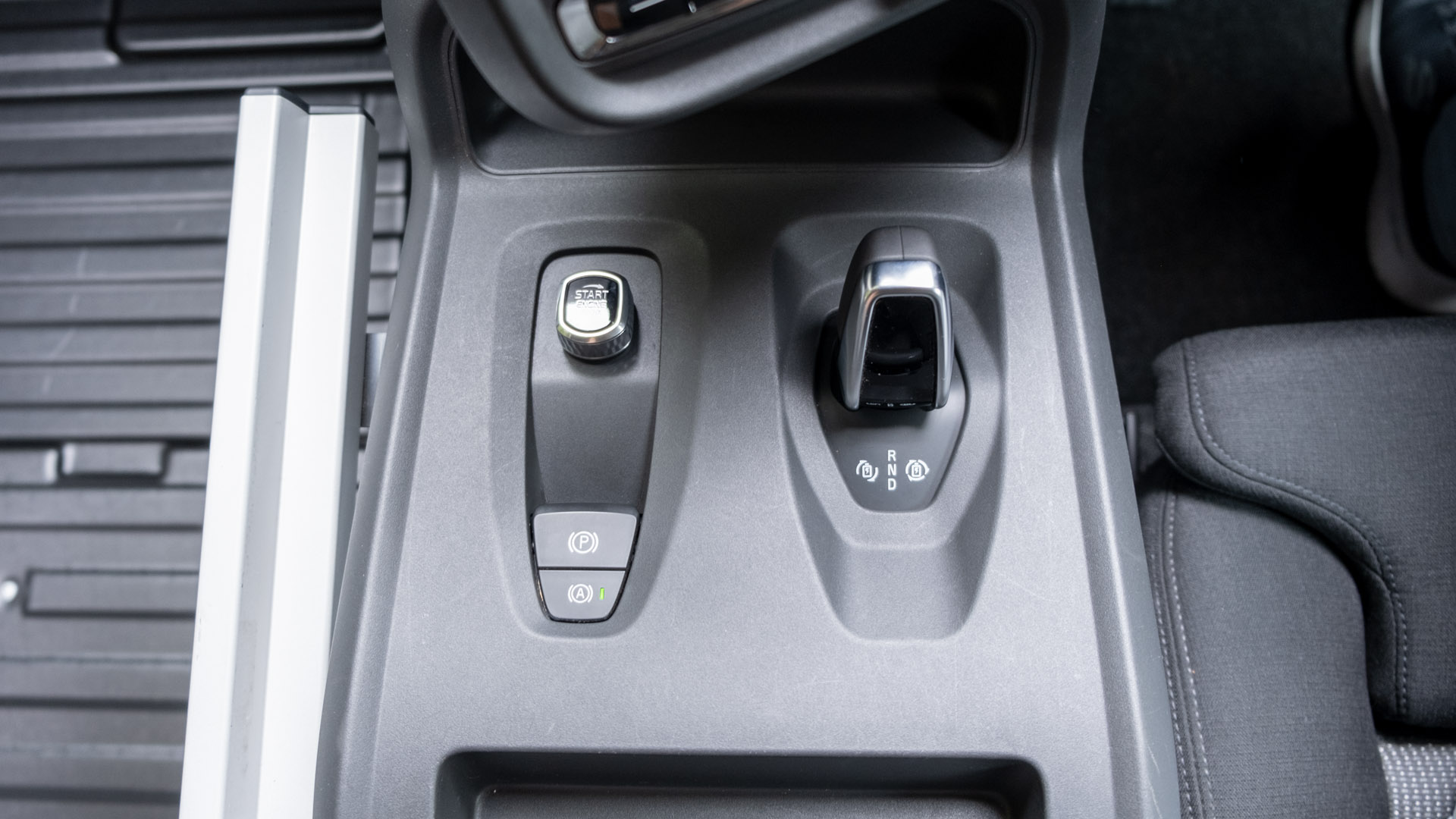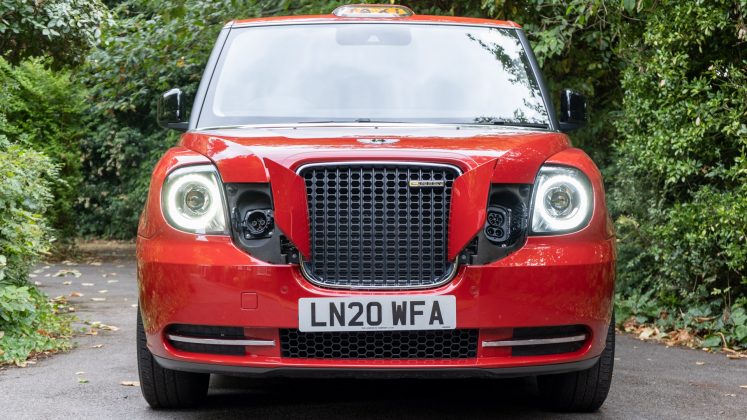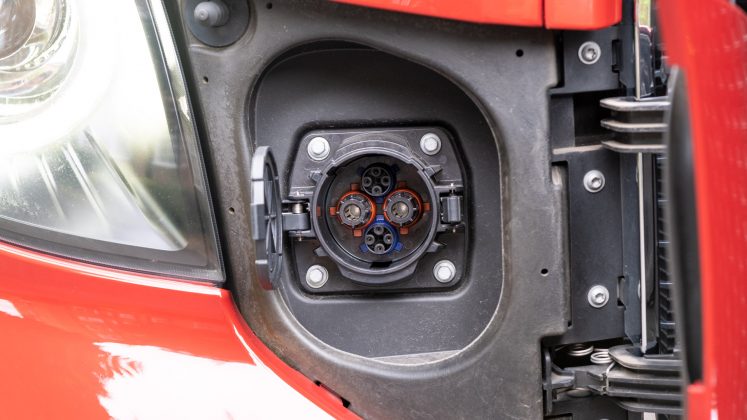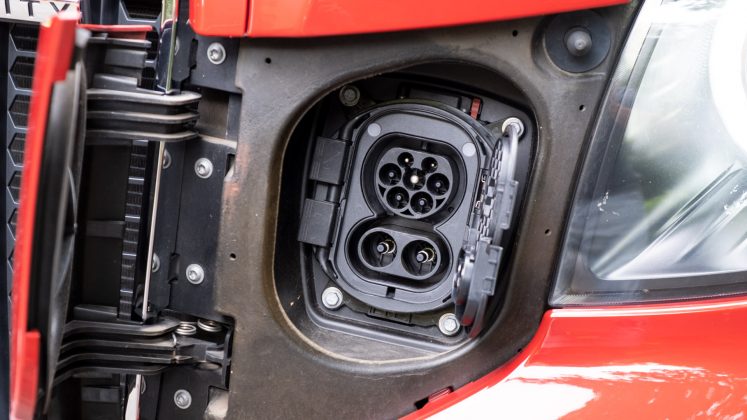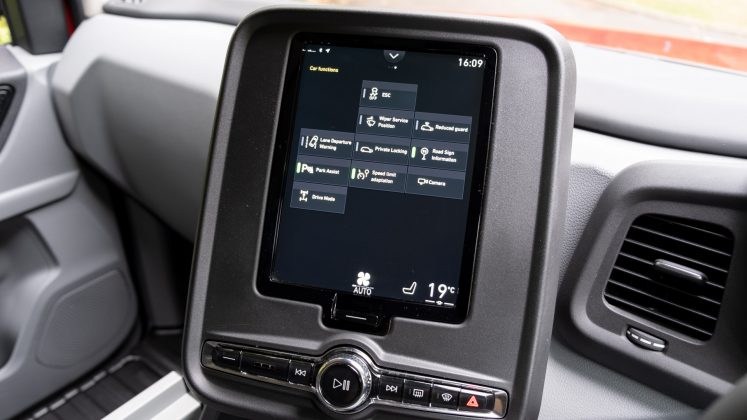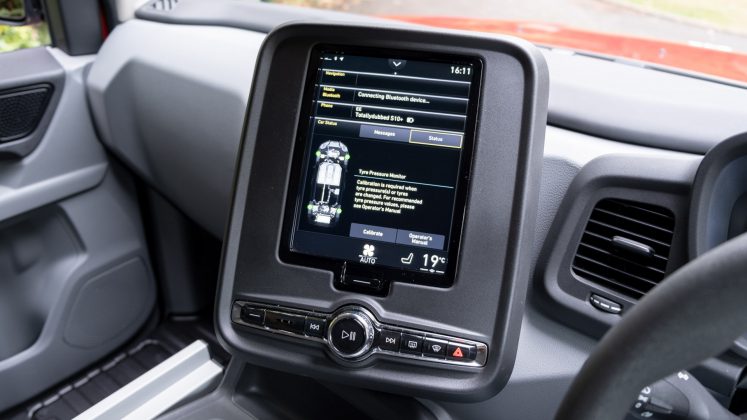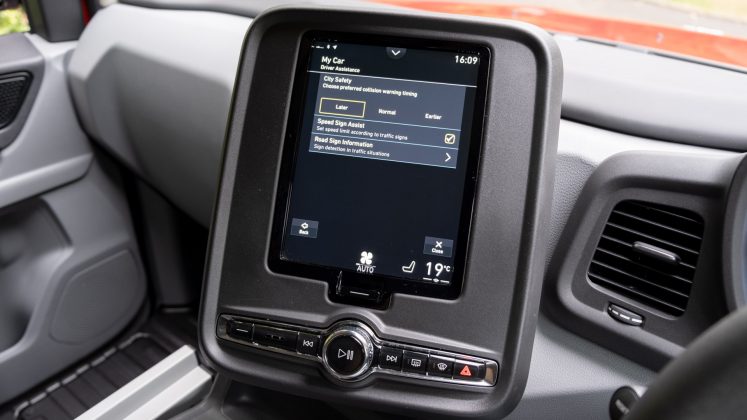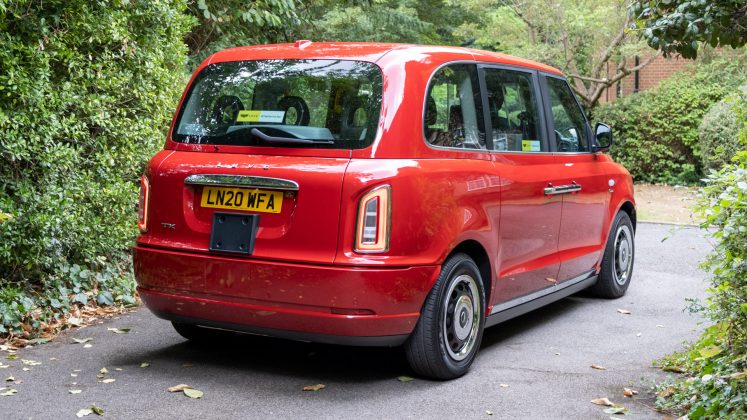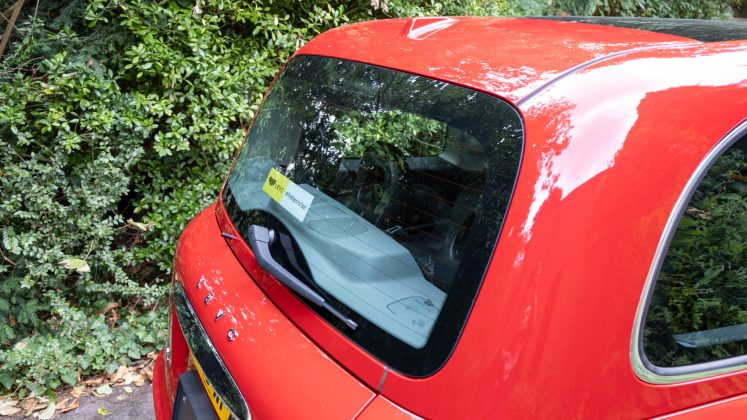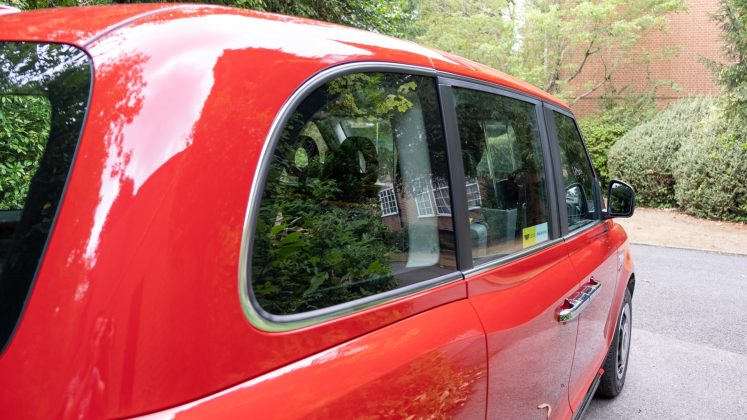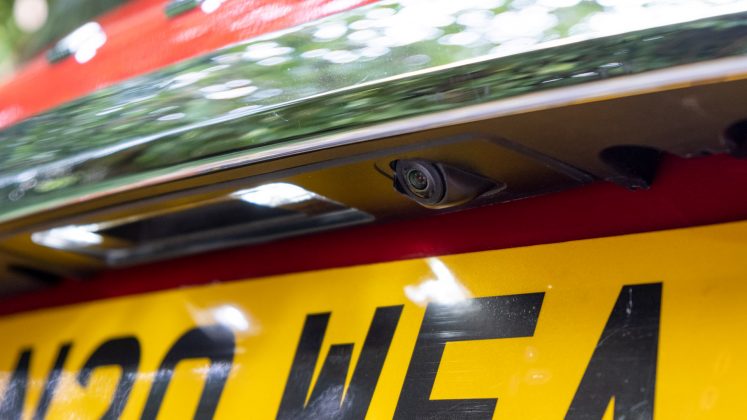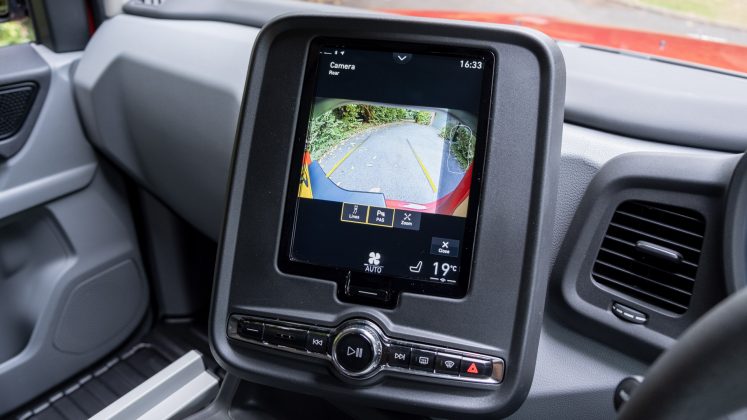When it comes to iconic vehicles, London’s Black Cab (or Hackney) is up there with the most recognisable modes of transport. Its history stretches back to 1897, where it was an efficient way to get across the city and ironically the motorised version started out as an electric vehicle. While newer forms of transport now exist, it still remains a staple of British culture.
Sold by the London Electric Vehicle Company (LEVC), which manufactures its vehicles in Coventry, the hybrid TX is sold worldwide. Expansion into new markets comes as a result of Geely, a Chinese automaker, taking full ownership of the marquee in 2013. The manufacturer also has Volvo and Polestar, among other brands under its umbrella.
If you’d prefer to watch a review of the LEVC TX, head on over to our YouTube channel.
LEVC TX price & options
Despite its long history, there’s nothing that truly competes with the TX. It’s unique in its offering and if one wishes to operate as a Black Cab driver, there really isn’t another alternative. That’s why the UK government still offers a healthy £7,500 deduction – at least, at the time of writing, the TX still qualifies for the PiCG.
With the grant in effect, one can purchase the TX outright for £57,181, with prices rising to £63,805 for the top-spec trim; note, however, the entry-level ‘Icon’ only qualifies for the grant when the £804 Wheelchair Accessibility Pack is added on. Prices without the grant range from £63,360 to £70,788 – a detailed breakdown of the models and options can be found below (click to expand):
Read next: Citroen C5 Aircross Hybrid review: A comfy and roomy PHEV
LEVC TX exterior review
Despite changes over its predecessors, the TX still retains many iconic features that make it easy to distinguish from other vehicles on the road.
Indeed, its frontal profile is treated with cute-shaped headlights and a large front grille, the rear has that famous look, while the side is sleeker than ever before with 17” rims that give it that retro finish. Frankly, we find it supremely stylish, especially in a different colour such as Tupelo Red, and love that LEVC has retained elements from its predecessors.
Read next: Nissan Ariya first drive: The best looking electric SUV
LEVC TX interior review
It’s pretty lavish inside the cabin, too. As the driver, you’ll find many similarities with Volvo and Polestar vehicles – a nod towards Geely Motors sharing parts among its various brands. Here, the steering wheel, stalks, physical buttons and even the interface of the 9” display could all easily be transported into a Volvo and one wouldn’t know any different.
However, unlike modern Volvos, the LEVC TX’s rather limited infotainment system doesn’t support Android Auto or Apple CarPlay. While we know trained taxi drivers will know the streets like the back of their hands, it still would have been a worthwhile inclusion. Should you want satellite navigation, however, you’ll need to splash out on the Vista Comfort Plus or add it as an additional option.
No matter which trim or option package you opt for, you’ll find a fully digitalized instrument cluster fitted as standard on all models. It’s limited in terms of customisation but provides all the key information in a comprehensive and cohesive manner. It’s rather disappointing, however, that there is no Head-Up Display (HUD) – a feature we love to see in certain Volvo or Polestar vehicles as it betters driver safety.
On another note, we were left pleasantly surprised by the stock 80-Watt audio system that is comprised within the front of the cabin. The four 20 Watt drivers (two on each door), provide stellar audio reproduction for the driver; Bluetooth is the only means of connecting one’s smartphone to the infotainment system – alas, only the lowest quality SBC codec is supported. At the rear, the speakers are solely used for the intercom service.
Read next: Our favourite power banks for long journeys
LEVC TX comfort review
Speaking of which, the rear of the cabin is extremely spacious and can accommodate up to six passengers. Headroom and legroom are spectacular, whereby even tall individuals can enter or exit the vehicle without much discomfort. Indeed, accessibility is one of the TX’s fortes; the rear climate controls and intercom buttons allow passengers to feel comfortable, while the yellow handlebars and wide-opening doors make it convenient for all types of passengers.
On that note, we adore the swivel chair that comes fitted as standard on all models, and the retractable wheelchair ramp with rails that’s present as standard on all Vista trims. The latter is easily deployable by the driver and can be done swiftly so as not to cause any delays. A definite improvement over its predecessors. In the Vista Comfort and Comfort Plus, you’ll also find a large glass roof, which provides passengers with a beautiful view of their surroundings; ideal for tourists exploring the city.
Unfortunately, it’s not all rosy, as the cabin isn’t well insulated. It can get quite loud while traversing at higher speeds and the vehicle’s large nature does incur a bit of resonance. Granted, it’s still not as creaky or jolty as its predecessors but one could have expected better sound dampening.
Equally, one might have expected more premium comforts for the driver. The front seat only becomes electric and heated in the Vista Comfort or above trims; one might expect this as standard on all variants. It’s also rather surprising not to see a ventilated driver’s seat nor a heated steering wheel – baffling omissions given many consumer vehicles have these two features readily available.
As for the seat itself, it’s propped up due to the vehicle’s battery design, which means that getting in and out of the TX for larger or taller individuals might prove to be a challenge – a complaint we noted from a few owners. We also found the driver’s headrest rather stiff and uncomfortable on longer drives.
Read next: Cupra Formentor e-Hybrid review: Better than BMW X2?
LEVC TX storage review
When it comes to transporting your own valuables or luggage, you’ll find yourself a bit limited. There’s storage in the front door bins, a small mesh compartment by the passenger side and an area within the centre armrest, which also has two USB ports for charging. Should you want the overhead compartment, a 12V socket or an accessory rail, you’ll need to splash out on the more expensive trims or opt for one of the additional packs.
In the boot, you’ll find a small area to store a backpack and your charging cables. Storage capacity is further limited in the Vista trims or above as there’s a full-size spare wheel. Given the TX’s size, we would have expected more space for you, the driver.
Thankfully, passengers shouldn’t have an issue as there’s 440 litres of space at the front, where the front passenger seat would reside. In this area, you’ll also find a small storage compartment built into the floor, which is used to store the wheelchair safety harnesses.
Read next: Skoda Enyaq iV review: The Volkswagen ID.4 alternative
LEVC TX performance review
The vehicle’s powertrain is comprised of a front-mounted 3-cylinder, 12 valves, 1.5-litre turbo-charged engine, a 31 kWh battery pack and an electric motor. Combined the configuration outputs 110 kW (147 hp) of power and 250 Nm of torque. It’s worth noting that the engine is not connected to the drivetrain but rather, is solely used as a range extender. Thus, the only thing powering the rear-wheel drive (RWD) system is the battery pack and motor – the TX is always driven by electric power.
Given the vehicle’s purpose we suspect many won’t be flooring it from a standstill, but nonetheless using Racelogic’s VBOX Sport, we had the TX tested from 0-20mph in 3.48s, 0-30mph in 5.4s, 0-60mph in 12.52s and 50-70mph in 7.53s. Top speed is limited to 80mph. Not a remarkable figure, but speeds that should suffice for taxi drivers.
What does stand out, however, is the driving comfort. The soft suspension setup, which isn’t suited for windy country roads, provides a cushiony experience within the city for the driver and passengers. Driving over speed bumps, potholes or road anomalies is a real breeze.
Better still, the TX’s manoeuvrability is excellent. Thanks to its electro-hydraulic steering system, the vehicle’s turning circle sits at a ridiculously low 8.45 meters and is also very easy to steer due to its lightweight feel. While this won’t come as a surprise to seasoned taxi drivers, it’s still great to see.
While handling the taxi is certainly impressive, it’s not the vehicle’s key selling point. Indeed, fuel efficiency is at the forefront of why you should consider switching over to the electrified model. In our mixed driving tests, which include motorway, country roads and city routes, we found the TX netted a whopping 132-150 MPG. This was the result of attaining 45-50 miles of pure electric range from its 31 kWh battery pack and driving the rest of the 10-20 miles with the engine engaged and consuming petrol from the 36-litre fuel tank. If you are solely to drive within the city, one should expect 50-60 miles of electric range, further bolstering the vehicle’s MPG.
Within the city one can also benefit from increased efficiency with the use of regenerative braking. By using the physical brake pedal one can recoup energy back into the battery pack. However, should you want a degree of deceleration when lifting off the accelerator pedal and more energy harvested to the battery, you’ll want to drive with Level 1 or 2; the latter being the harsher of the two. Alas, even in said mode, the vehicle cannot be driven with one pedal only as it doesn’t bring the TX to a complete standstill – a feature we’d have loved to see.
Should you want to re-attain energy at a much faster rate, you’ll want to plug it in. Here, there’s a CCS and CHAdeMO port at the front of the vehicle, which both support up to 50 kW of input – 0-80% takes a mere 25 minutes and 0-100% 30 minutes. LEVC’s inclusion of the latter port is certainly handy, as it allows taxi drivers to utilise the less popular method and thus not compete with consumer EVs who might be hogging the former standard at charge points.
Off a DC rapid charger, the TX has the ability to be fitted with a 22 kW onboard charger allowing it to go from 0-80% in one hour, or 0-100% in one hour and fifteen minutes. Should you not want to splurge out on this option, the taxi still has an 11 kW onboard charger that comes as standard. Unsurprisingly, it takes almost double the amount of time to replenish the 31 kWh battery pack – 1hr 50mins and 2hr 20mins, respectively.
If you don’t have access to a three-phase power supply, it’ll take 3 hours to 80% or 3hrs 45mins to 100% using a 7kW wallbox. A 3-pin wall socket will take 8 hours and 10 hours, respectively. Note, the home charger adapter isn’t included with the purchase of the vehicle and is an additional extra.
Read next: BMW X2 xDrive25e review: A sporty hybrid crossover
LEVC TX safety review
Given the similarities within the cabin to a Volvo, one might expect this rather spenny taxi to also feature a plethora of safety features. Unfortunately, that’s not the case. As standard, there’s cruise control with speed limited, lane departure warning, traffic sign recognition, and emergency brake assist. The lack of adaptive cruise control, lane keep assist and steering assist are all disappointing. It’s also quite baffling that blind spot monitoring is not included nor is it even available as an option – a handy feature when driving in the city and one that we feel would have been appreciated by taxi drivers.
Thankfully, it’s easy to check your blind spot, as the side windows are large. Similarly, the frontal view is excellent. The same couldn’t be said about the rear, however. Even though there’s a large window, it can be hard to check your surroundings, especially if you are transporting passengers. Furthermore, a rear wiper only features in the Vista Comfort trims or above.
To help with reversing, LEVC includes rear parking sensors in the Vista trims. Should you want front parking sensors and a rearview camera you’ll need to splash out on the Vista Comfort Plus or add it as an option in the cheaper models; rather surprising given the cost of the vehicle. Equally, the TX doesn’t have 360-degree or wheel cameras, which might have helped prevent incurring any damage to the rims and tyres.
Read next: Nissan Qashqai e-Power first drive: A new hybrid SUV
TotallyEV’s verdict on the LEVC TX
On the whole, the TX is an efficient and practical hybrid taxi with that iconic British design. It’s a class above its predecessors and has no real competition for those who want to operate as a black cabbie.
However, it’s far from perfect with its steep asking price, limited storage space for the driver, a disappointing number of driver assistance features, and a lacklustre integration of modern technology systems.
What do you make of LEVC TX? Let us know in the comments section below or via social media; we’re on: YouTube, Instagram, Facebook, Twitter and LinkedIn.

